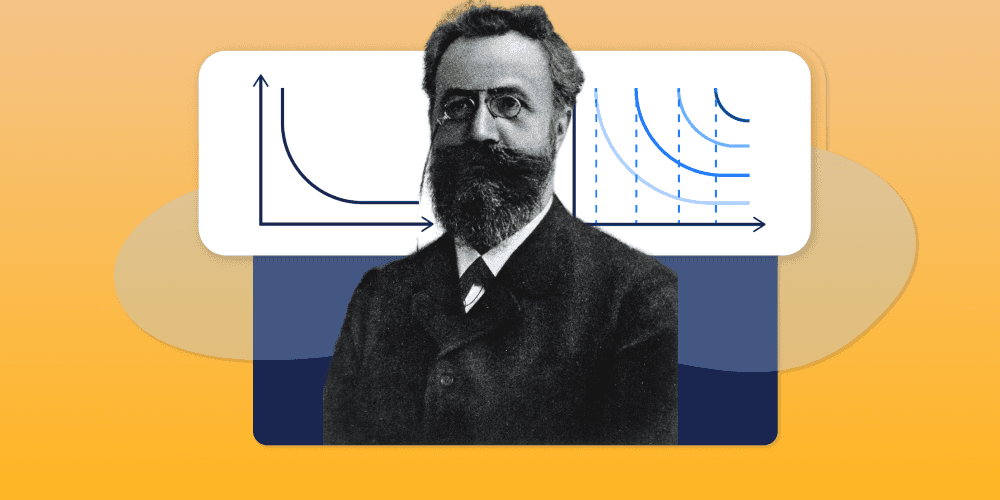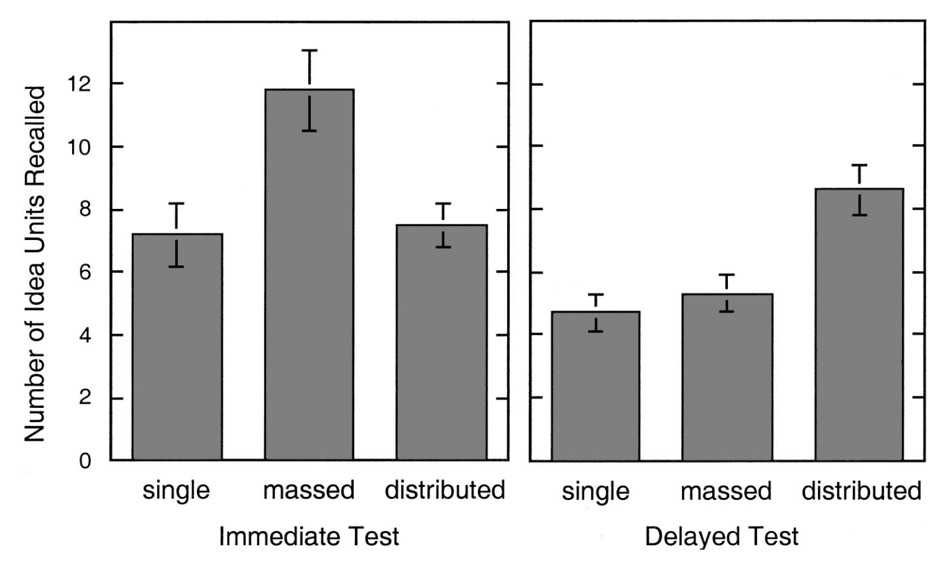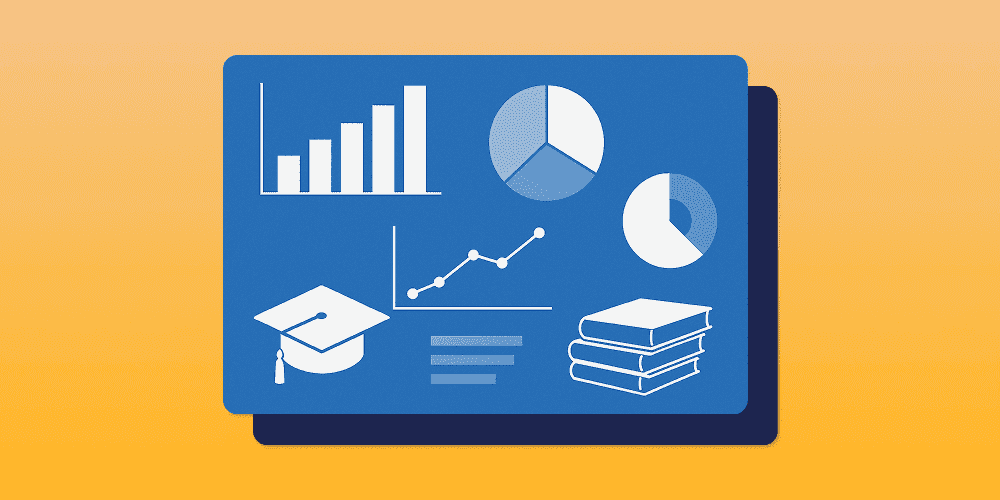
American summer tour! Wooclap will be at Anthology Together 2025
Come say hi at booth 301 from July 14th to July 16th in Las Vegas, Nevada
Why you should teach your students about spaced practice
17.06.2025 • 5 minutes

An intuition confirmed by research
«With a considerable number of repetitions, it is much more advantageous to distribute them properly over a period of time than to group them together in a single step». This sentence is the result of the century-old pioneering studies of psychologist Hermann Ebbinghaus (1850-1909). He based his research on his own experience, and found out that the same amount of repeated studying of the same information spaced out over time leads to a great retention of that information in the long run.
In turn, using the same time to memorise the same content in a single session leads to lower performance. The latter approach is commonly referred to as “cramming”, and is typical of students attempting to memorise content at the very last moment before a test.
The effect is demonstrated by the results of a study by Rawson and Kintsch (2005). Fig. 1 shows the effect of crammed versus spaced reading on an immediate versus a delayed test. In short, massed practice is more effective if the test comes immediately after the reading, but this benefit fades out after a mere day or two.

Number of idea units recalled as a function of study group (single, massed rereading, or distributed rereading) and time of test (immediately after study or with a 2-day delay between study and test). Results from Rawson and Kintsch (2005).
A technique not commonly used in learning habits
This remarkable intuition has since been confirmed in a wide variety of areas, including motor learning, recognition memory, associated pair learning, free recall, word processing, statistical learning and vocabulary acquisition. The evidence is present on many populations as well: children, adults, animals, and even patients suffering from amnesia. Despite the increasing amount of observations highlighting this effect, distributed practice is not so common in learning habits. If you noticed this, you are not alone: in 1988, Frank N. Dempster wrote an article in which he defined the disconnected use of spaced repetitions as «a non-application of psychological research results».
Since then, a meta-analysis of the distributed practice effect (Cepeda et al., 2006) conducted over 184 articles shows that spaced learning of items consistently shows benefits, regardless of retention interval - that is, the separation between the final study and a later test. Moreover, learning benefits increase with increased time lags between learning sessions. The average observed benefit from distributed practice is 15% more retention, for both children and adults, compared to massed practice. These effects don’t last forever, though: once retention intervals become relatively long, further increases have no effect on - or may even decrease - memory.
As always, there are a few caveats. Despite having investigated the topic for so long, psychologists aren’t yet able to determine the optimal interval between rehearsals of the same material. In addition, we know little about the effects of expanding or contracting learning schedules on retention. Future research will therefore need to focus on these aspects.
How can teachers apply this technique?
In their article “Teaching the science of learning”, Yana Weinstein and her colleagues suggest two ways for teachers to put retrieval practice into action:
- The first is to create opportunities to revisit concepts throughout the year. It may require some planning, but refreshing old content takes only a few minutes. You could, for example, use Wooclap to quiz students at the start of a lesson.
- The second is to teach more mature students (high school and above) to organise their schedule. The idea is to alternate the days on which a particular class meets and the days for home practice. So, if a history class meets on Tuesday and Thursday, home revision for that class would be suggested on Monday and Wednesday (or Friday).
Sources:
- Rawson, K. A., & Kintsch, W. (2005). Rereading effects depend on time of test. Journal of Educational Psychology, 97(1), 70–80. https://doi.apa.org/record/2005-01890-007?doi=1
- Dempster, F. N. (1989). Spacing Effects and Their Implications for Theory and Practice. Educational Psychology Review, 1(4), 309–330.
- Cepeda, N. J., Pashler, H., Vul, E., Wixted, J. T., & Rohrer, D. (2006). Distributed practice in verbal recall tasks: A review and quantitative synthesis. Psychological Bulletin, 132(3), 354–380. https://doi.apa.org/record/2006-06233-002?doi=1
- Weinstein, Y., Madan, C. R., & Sumeracki, M. A. (2018). Teaching the science of learning. Cognitive Research: Principles and Implications, 3(1).
Writer

Florian Zenoni
Florian is a Data Scientist and editor at Wooclap.
Subject
A monthly summary of our product updates and our latest published content, directly in your inbox.



